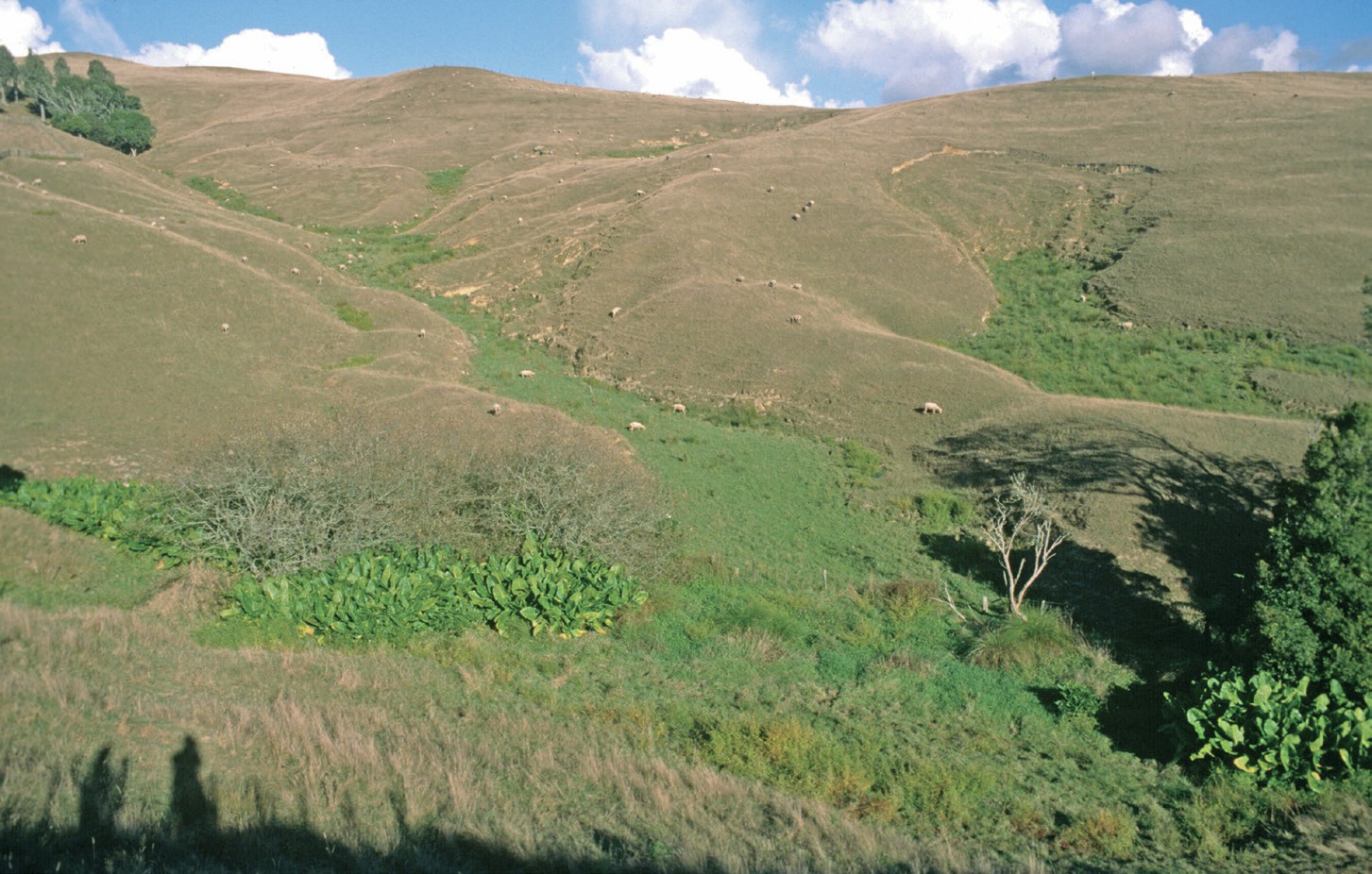
This Snapshot, like the previous one, looks at pathways followed by rain when it hits the ground. How does the water get to the nearest stream channel? In the last Snapshot I wrote about water flowing over the soil surface, and Robert Horton’s theory of runoff. Here I want to talk about subsurface stormflow. It is clear that surface runoff can reach a stream channel quickly enough to create a flood, but how can water flowing underground have the same rapid effect?
Whereas Robert Horton focused on overland flow, John Hewlett emphasised subsurface flow. He was a forest hydrologist working at the Coweeta Hydrologic Laboratory in North Carolina, USA. Coweeta has steep slopes and deep, porous soils, with a mature forest cover. Overland flow of the type described by Horton is never seen there, except after the trees are cut down and the bare soil ploughed for planting crops.
Your organisation does not have access to this article.
Sign up today to give your students the edge they need to achieve their best grades with subject expertise
Subscribe




